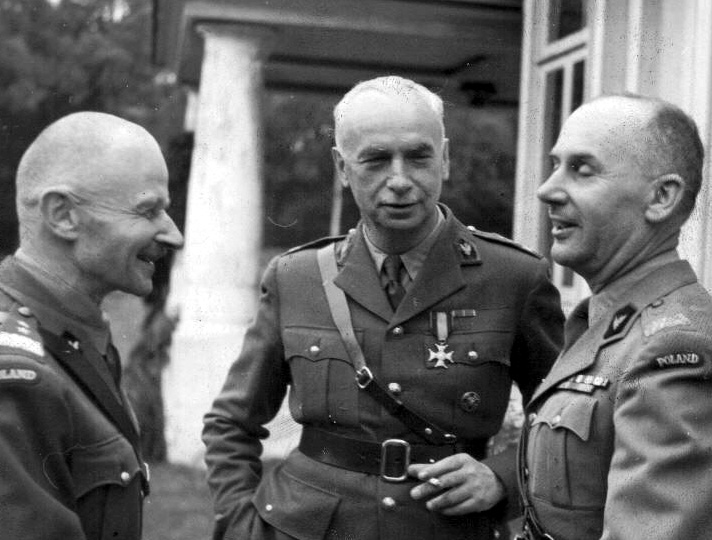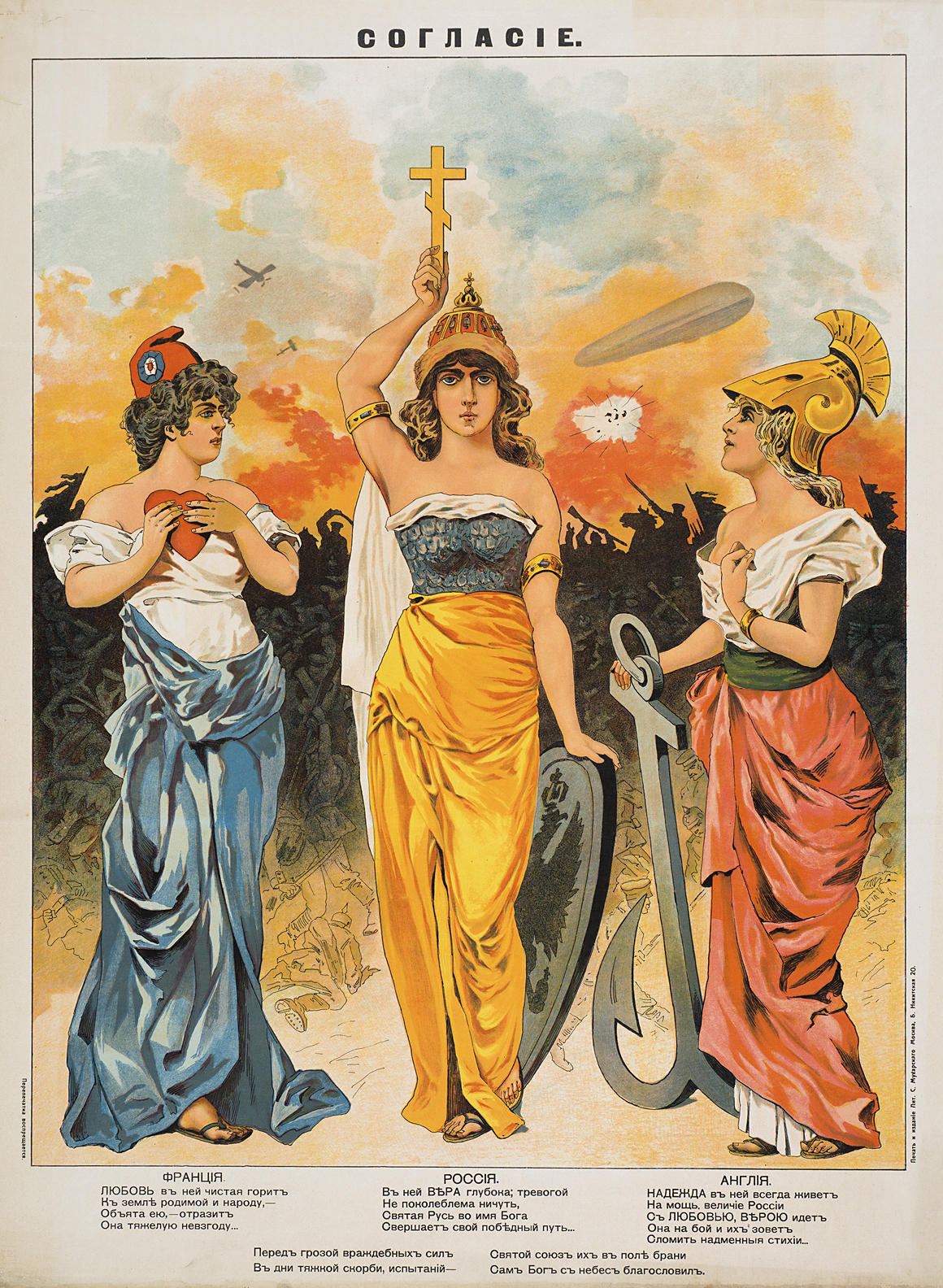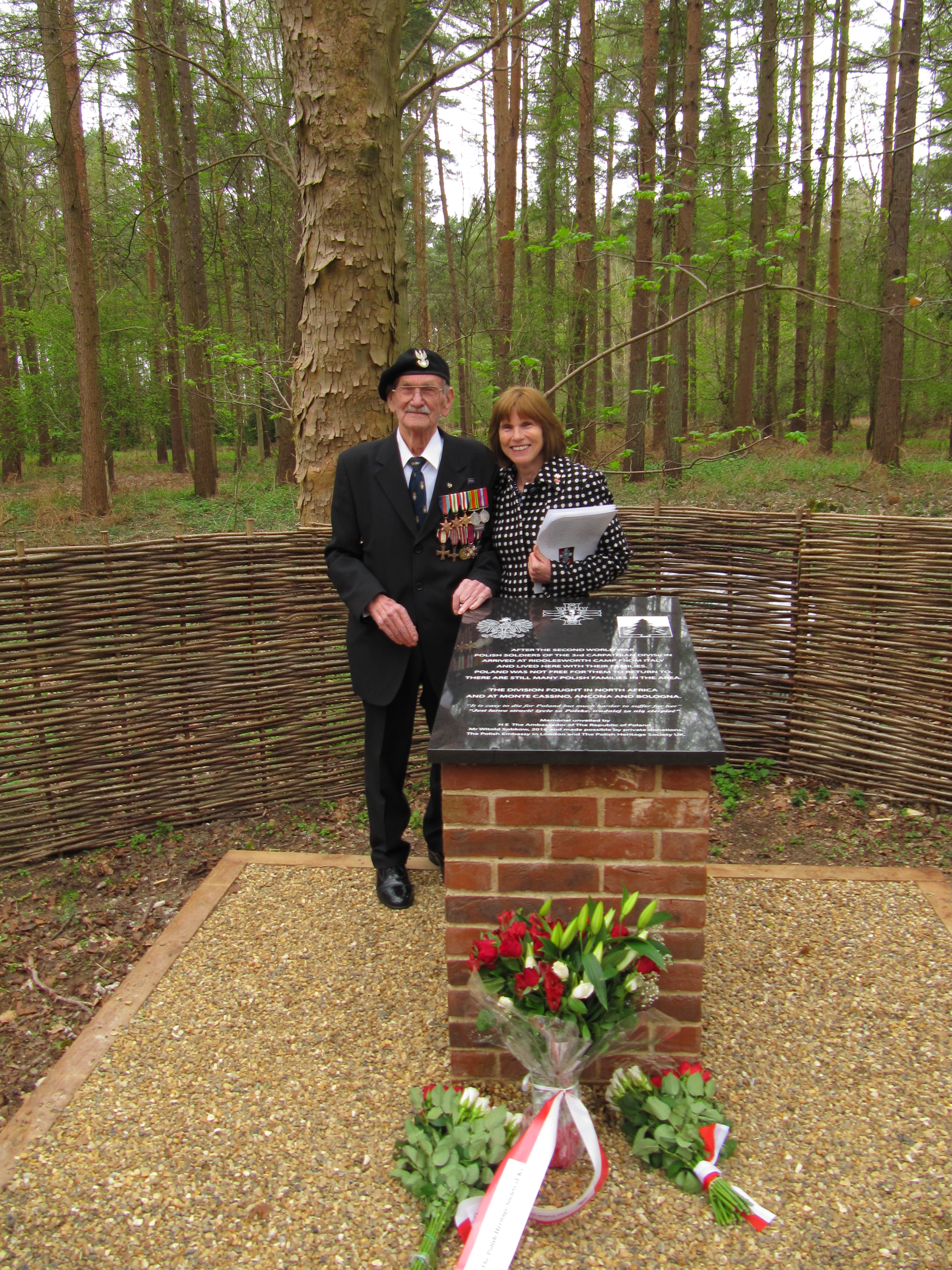|
Stanisław Kopański
General Stanisław Kopański (19 May 1895 – 23 March 1976) was a Polish military commander, politician, diplomat, an engineer and one of the best-educated Polish officers of the time, serving with distinction during World War II. He is best known as the creator and commander of the Polish Independent Carpathian Brigade and Polish 3rd Carpathian Infantry Division. Between 1943 and 1946, he was Chief of Staff of the Commander-in-Chief of the Polish Armed Forces in the West. Early life Stanisław Kopański was born on 19 May 1895 in Saint Petersburg, Russian Empire to Polish parents. In 1905, he enrolled in a local Polish gymnasium (high school), where he graduated upon passing his ''matura'' examinations. Afterwards, he matriculated in a local Institute of Civil Engineering, but his studies were interrupted by the outbreak of World War I. World War I and the establishment of the Second Polish Republic In 1914, Kopański was drafted into the Russian Army. He graduated from the ... [...More Info...] [...Related Items...] OR: [Wikipedia] [Google] [Baidu] |
Russian Empire
The Russian Empire was an empire and the final period of the Russian monarchy from 1721 to 1917, ruling across large parts of Eurasia. It succeeded the Tsardom of Russia following the Treaty of Nystad, which ended the Great Northern War. The rise of the Russian Empire coincided with the decline of neighbouring rival powers: the Swedish Empire, the Polish–Lithuanian Commonwealth, Qajar Iran, the Ottoman Empire, and Qing China. It also held colonies in North America between 1799 and 1867. Covering an area of approximately , it remains the third-largest empire in history, surpassed only by the British Empire and the Mongol Empire; it ruled over a population of 125.6 million people per the 1897 Russian census, which was the only census carried out during the entire imperial period. Owing to its geographic extent across three continents at its peak, it featured great ethnic, linguistic, religious, and economic diversity. From the 10th–17th centuries, the land ... [...More Info...] [...Related Items...] OR: [Wikipedia] [Google] [Baidu] |
Cross Of Valour (Poland)
The Cross of Valour ( pl, Krzyż Walecznych) is a Polish military decoration. It was first introduced by the Council of National Defense on 11 August 1920. It is awarded to an individual who "has demonstrated deeds of valour and courage on the field of battle." It may be awarded to the same person up to four times.The only soldier ever to receive more than 4 Crosses of Valour was Stefan Grot-Rowecki, commander of the Polish Home Army during World War II, who had reached his quota of 4 crosses during World War I and the Polish-Soviet War, yet was awarded 4 more crosses on 1 May 1943. See: The medal is given only in wartime or shortly after.Zdzislaw P. Wesolowski, ''Polish Orders, Medals, Badges and Insignia: Military and Civilian Decorations, 1705–1985'', pp. 22–24, 41–42, 58. History Polish-Soviet War The medal was introduced in 1920 at the height of the Polish-Soviet War, shortly before the climactic Battle of Warsaw. Initially it had no Order Council and was awarded ... [...More Info...] [...Related Items...] OR: [Wikipedia] [Google] [Baidu] |
Triple Entente
The Triple Entente (from French '' entente'' meaning "friendship, understanding, agreement") describes the informal understanding between the Russian Empire, the French Third Republic, and the United Kingdom of Great Britain and Ireland as well as Romania, which joined later. It was built upon the Franco-Russian Alliance of 1894, the Entente Cordiale of 1904 between Paris and London, and the Anglo-Russian Entente of 1907. It formed a powerful counterweight to the Triple Alliance of Germany, Austria-Hungary, and Italy. The Triple Entente, unlike the Triple Alliance or the Franco-Russian Alliance itself, was not an alliance of mutual defence. The Franco-Japanese Treaty of 1907 was a key part of building a coalition as France took the lead in creating alliances with Japan, Russia, and (informally) with Britain. Japan wanted to raise a loan in Paris, so France made the loan contingent on a Russo-Japanese agreement and a Japanese guarantee for France's strategically vulnerable posse ... [...More Info...] [...Related Items...] OR: [Wikipedia] [Google] [Baidu] |
Polish I Corps In Russia
Polish I Corps in Russia ( pl, I Korpus Polski w Rosji; russian: 1-й Польский корпус) was a military formation formed on 24 July 1917 in Minsk from Polish and Lithuanian personnel serving in the Western and Northern Fronts of the Russian Army. In the chaotic period at the end of World War I on the Eastern Front, the Polish I Corps fought against the Bolshevik Red Army, cooperated with the German Ober Ost forces in taking Minsk, and after acknowledging the Regency Council in May 1918, it surrendered to the German forces in Babruysk. The soldiers were given safe passage to Warsaw, where they became part of the newly created Polish Army. History Formation The corps was formed at the initiative of the Chief Polish Military Committee (''Naczelny Polski Komitet Wojskowy''), a Polish faction in the revolutionary and split Russian Empire military. Its goal was to defend Poles inhabiting parts of Poland under Russian partitions and support the formation of independ ... [...More Info...] [...Related Items...] OR: [Wikipedia] [Google] [Baidu] |
February Revolution
The February Revolution ( rus, Февра́льская револю́ция, r=Fevral'skaya revolyutsiya, p=fʲɪvˈralʲskəjə rʲɪvɐˈlʲutsɨjə), known in Soviet historiography as the February Bourgeois Democratic Revolution and sometimes as the March Revolution, was the first of two revolutions which took place in Russia in 1917. The main events of the revolution took place in and near Petrograd (present-day Saint Petersburg), the then-capital of Russia, where long-standing discontent with the monarchy erupted into mass protests against food rationing on 23 February Old Style (8 March New Style). Revolutionary activity lasted about eight days, involving mass demonstrations and violent armed clashes with police and gendarmes, the last loyal forces of the Russian monarchy. On 27 February O.S. (12 March N.S.) the forces of the capital's garrison sided with the revolutionaries. Three days later Tsar Nicholas II abdicated, ending Romanov dynastic rule and the Russian Empi ... [...More Info...] [...Related Items...] OR: [Wikipedia] [Google] [Baidu] |
Matura
or its translated terms (''Mature'', ''Matur'', , , , , , ) is a Latin name for the secondary school exit exam or "maturity diploma" in various European countries, including Albania, Austria, Bosnia and Herzegovina, Bulgaria, Croatia, Czechia, Hungary, Italy, Kosovo, Liechtenstein, Montenegro, North Macedonia, Poland, Serbia, Slovakia, Slovenia, Switzerland and Ukraine. It is taken by young adults (usually aged from 17 to 20) at the end of their secondary education, and generally must be passed in order to apply to a university or other institutions of higher education. is a matriculation examination and can be compared to ''A-Level exams'', the or the . In Albania The official name is ''Matura Shtetërore'' (State Matura) which was introduced in 2006 by the Ministry of Education and Science replacing the school based ''Provimet e Pjekurisë'' (Maturity Examination). The ''Matura'' is the obligatory exam after finishing the ''gjimnaz'' (secondary school) to have one's edu ... [...More Info...] [...Related Items...] OR: [Wikipedia] [Google] [Baidu] |
Gymnasium (school)
''Gymnasium'' (and variations of the word) is a term in various European languages for a secondary school that prepares students for higher education at a university. It is comparable to the US English term '' preparatory high school''. Before the 20th century, the gymnasium system was a widespread feature of educational systems throughout many European countries. The word (), from Greek () 'naked' or 'nude', was first used in Ancient Greece, in the sense of a place for both physical and intellectual education of young men. The latter meaning of a place of intellectual education persisted in many European languages (including Albanian, Bulgarian, Estonian, Greek, German, Hungarian, the Scandinavian languages, Dutch, Polish, Czech, Serbo-Croatian, Macedonian, Slovak, Slovenian and Russian), whereas in other languages, like English (''gymnasium'', ''gym'') and Spanish (''gimnasio''), the former meaning of a place for physical education was retained. School structure Be ... [...More Info...] [...Related Items...] OR: [Wikipedia] [Google] [Baidu] |
Saint Petersburg
Saint Petersburg ( rus, links=no, Санкт-Петербург, a=Ru-Sankt Peterburg Leningrad Petrograd Piter.ogg, r=Sankt-Peterburg, p=ˈsankt pʲɪtʲɪrˈburk), formerly known as Petrograd (1914–1924) and later Leningrad (1924–1991), is the second-largest city in Russia. It is situated on the Neva River, at the head of the Gulf of Finland on the Baltic Sea, with a population of roughly 5.4 million residents. Saint Petersburg is the fourth-most populous city in Europe after Istanbul, Moscow and London, the most populous city on the Baltic Sea, and the world's northernmost city of more than 1 million residents. As Russia's Imperial capital, and a historically strategic port, it is governed as a federal city. The city was founded by Tsar Peter the Great on 27 May 1703 on the site of a captured Swedish fortress, and was named after apostle Saint Peter. In Russia, Saint Petersburg is historically and culturally associated with t ... [...More Info...] [...Related Items...] OR: [Wikipedia] [Google] [Baidu] |
Polish 3rd Carpathian Infantry Division
The 3rd Carpathian Rifle Division ( pl, 3 Dywizja Strzelców Karpackich, sometimes translated as ''3rd Carpathian Infantry Division''), also commonly known as ''Christmas Tree Division'' due to the characteristic emblem of a cedar of Lebanon superimposed upon the Polish flag, was an infantry division of the Polish Armed Forces in the West that fought during World War II on the Italian Front. It was formed in 1942 of the Polish Independent Carpathian Brigade and the forces of Lieutenant-General Władysław Anders' Polish 2nd Corps evacuated from the Soviet Union. The division participated in the North African and the Italian Campaigns (1941–1945) as part of the British Eighth Army. The division fought in some of the most difficult battles during the Italian campaigns of 1943-1944 and distinguished itself in numerous actions most notably the Battle of Monte Cassino, the dash for Ancona and Bologna. The Immediate Post War Period After the cessation of hostilities in May 1945, ... [...More Info...] [...Related Items...] OR: [Wikipedia] [Google] [Baidu] |
Polish Independent Carpathian Brigade
Polish Independent Carpathian Brigade (Polish ''Samodzielna Brygada Strzelców Karpackich'', SBSK) was a Polish military unit formed in 1940 in French Syria composed of Polish soldiers exiled after the invasion of Poland in 1939 as part of the Polish Army in France. It was commanded by General Stanisław Kopański. The division fought with distinction in the North African Campaign of World War II, notably during the Siege of Tobruk. In 1942 it formed the backbone of the 3rd Carpathian Rifle Division. History In December 1939, three months after the invasion of Poland, the Polish Commander-in-chief, General Władysław Sikorski, decided that a Polish unit be created in the French territory of Levant . On 12 April 1940 the brigade was officially formed in Syria, with Colonel Kopański as its commander. The main base of the brigade was established in Homs and the new unit instantly entered the ranks of the French ''Armée du Levant''. As a unit specializing in mountain warfa ... [...More Info...] [...Related Items...] OR: [Wikipedia] [Google] [Baidu] |
Croix De Guerre 1939–1945 (France)
Croix (French for "cross") may refer to: Belgium * Croix-lez-Rouveroy, a village in municipality of Estinnes in the province of Hainaut France * Croix, Nord, in the Nord department * Croix, Territoire de Belfort, in the Territoire de Belfort department * Croix-Caluyau, in the Nord department * Croix-Chapeau, in the Charente-Maritime department * Croix-en-Ternois, in the Pas-de-Calais department * Croix-Fonsomme, in the Aisne department * Croix-Mare, in the Seine-Maritime department * Croix-Moligneaux, in the Somme department * Canton of Croix, administrative division of the Nord department, northern France See also * Croix Scaille, a hill plateau in the Ardennes, Belgium * La Croix (other), including places called "La Croix" * St. Croix (other) St. Croix or Saint Croix (from the french: Sainte-Croix, " holy cross") may refer to: Places * Saint Croix, U.S. Virgin Islands **St. Croix School District *** St. Croix Educational Complex ** St. Croix sheep ** St. ... [...More Info...] [...Related Items...] OR: [Wikipedia] [Google] [Baidu] |
Knight Of The Legion Of Honour
The National Order of the Legion of Honour (french: Ordre national de la Légion d'honneur), formerly the Royal Order of the Legion of Honour ('), is the highest French order of merit, both military and civil. Established in 1802 by Napoleon, Napoleon Bonaparte, it has been retained (with occasional slight alterations) by all later French governments and regimes. The order's motto is ' ("Honour and Fatherland"); its Seat (legal entity), seat is the Palais de la Légion d'Honneur next to the Musée d'Orsay, on the left bank of the Seine in Paris. The order is divided into five degrees of increasing distinction: ' (Knight), ' (Officer), ' (Commander (order), Commander), ' (Grand Officer) and ' (Grand Cross). History Consulate During the French Revolution, all of the French Order of chivalry, orders of chivalry were abolished and replaced with Weapons of Honour. It was the wish of Napoleon, Napoleon Bonaparte, the French Consulate, First Consul, to create a reward to commend c ... [...More Info...] [...Related Items...] OR: [Wikipedia] [Google] [Baidu] |





